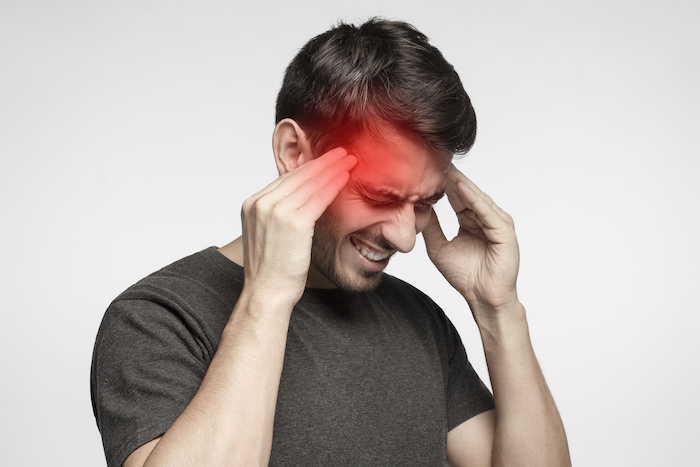Office
No 17, 3rd Cross, LB Nagar,
Kasturinagar, Bangalore 560043
Bangalore , Karnataka
India (560043)

Headaches are a common ailment that affect millions of people worldwide. They can vary significantly in terms of severity, duration, and underlying causes. Understanding how to manage and treat headaches effectively is crucial for improving quality of life. This guide explores various treatment options, both medical and lifestyle-based, to help alleviate headache symptoms.
Headaches are categorized into primary and secondary types. Primary headaches, such as migraines, tension-type headaches, and cluster headaches, are not caused by underlying conditions but rather result from abnormal brain activity or nerve signaling. Secondary headaches occur as a result of another condition, such as sinusitis, head trauma, or a brain tumor.
Migraine: Characterized by intense, throbbing pain often on one side of the head. Symptoms can include nausea, vomiting, and sensitivity to light and sound. Migraines may last from a few hours to several days.
Tension-Type Headache: Typically involves a dull, aching pain or pressure around the forehead or the back of the head and neck. It’s often associated with muscle tension and stress.
Cluster Headache: Known for severe, sharp pain usually around one eye or one side of the head. These headaches occur in clusters or periods of frequent attacks followed by remission.
Over-the-Counter Medications:
Prescription Medications:
Botox Injections:
Alternative Therapies:
Hydration: Dehydration is a common trigger for headaches. Drinking adequate water throughout the day can help prevent and relieve headaches.
Regular Sleep: Maintaining a consistent sleep schedule and getting 7-9 hours of quality sleep each night can reduce the frequency of headaches.
Stress Management: Stress is a significant trigger for tension-type headaches and migraines. Techniques such as yoga, meditation, and deep-breathing exercises can be effective in managing stress.
Dietary Adjustments: Certain foods and drinks, such as caffeine, alcohol, and aged cheeses, can trigger headaches. Keeping a food diary to identify and avoid triggers may be beneficial.
Exercise: Regular physical activity helps to reduce stress and improve overall health, which can, in turn, help prevent headaches.
Proper Posture: Poor posture can contribute to tension-type headaches. Ergonomic adjustments to your workspace and practicing good posture can alleviate neck and back tension.
Cold or Warm Compresses: Applying a cold or warm compress to the forehead or neck can provide relief from headache pain. Cold compresses can help with migraines, while warm compresses may benefit tension-type headaches.
While most headaches are manageable with lifestyle changes and over-the-counter treatments, some symptoms warrant medical evaluation:
Effective headache treatment often requires a combination of medical, lifestyle, and home-based approaches. By understanding the type of headache you are experiencing and incorporating appropriate treatments, you can better manage and reduce the impact of headaches on your daily life. If you have persistent or severe headaches, consulting with a healthcare professional is essential for proper diagnosis and tailored treatment.